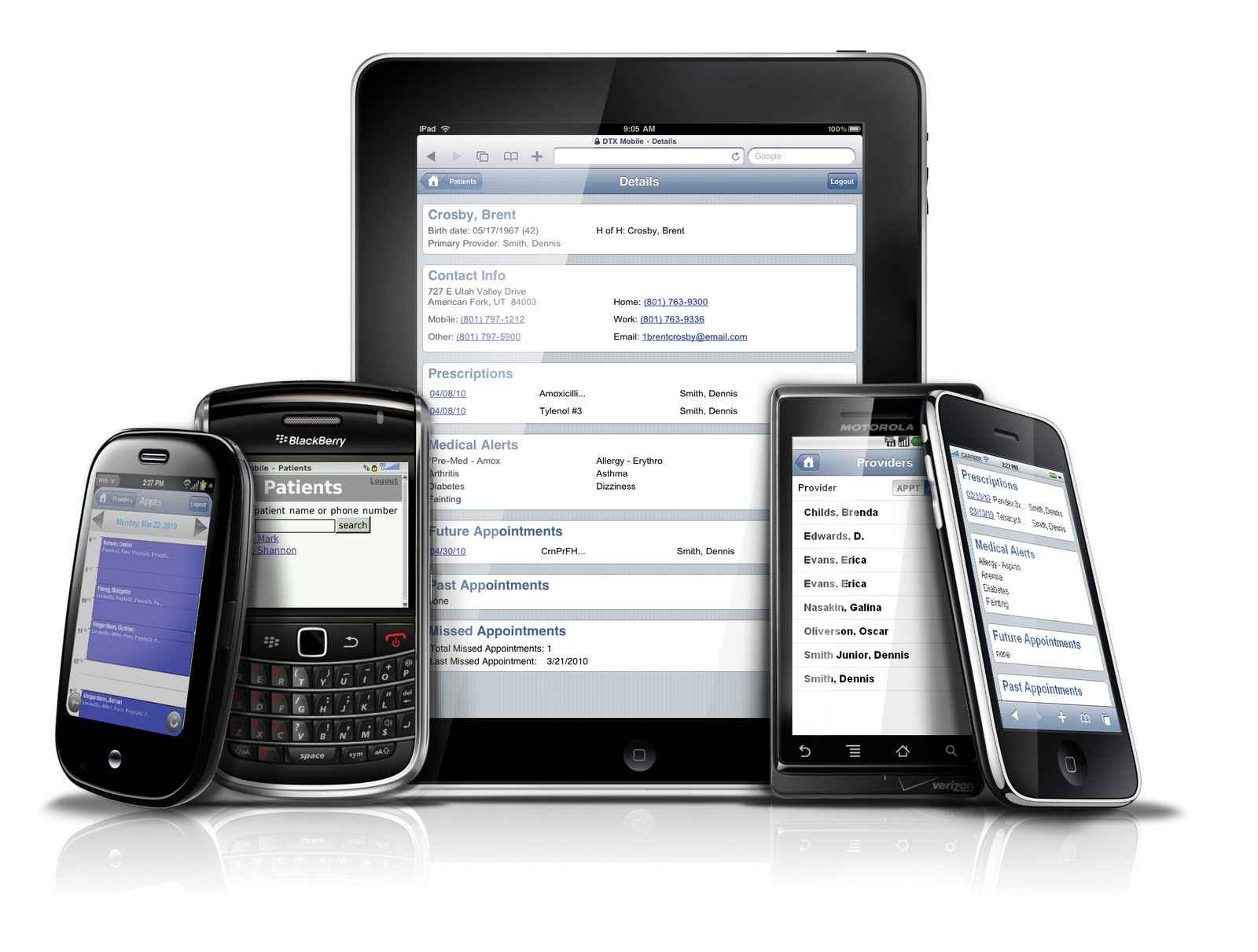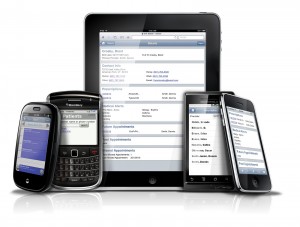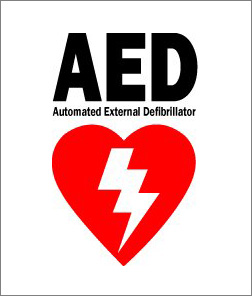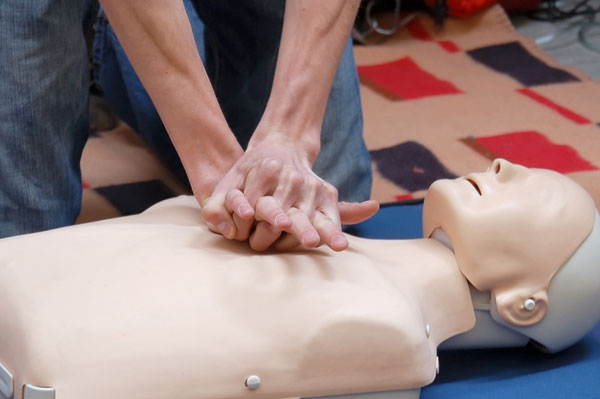If you thought receiving your CPR certification entirely online was convenient enough, you might have to think again! With SimpleCPR’s new upgrade to mobile devices, you can now learn CPR and first aid anywhere and at any time on your smartphone or tablet. We all lead busy lives, which is why SimpleCPR understands that maximizing your learning environment is an important step in achieving your personal goals, such as becoming CPR or First Aid certified.
Being professionally trained in either CPR or first aid, whether in person or online, means that you are learning how to save someone’s life; you are learning how to be that person that is not afraid to step-in in an emergency situation. This kind of knowledge should not be taken lightly, and it should be readily available no matter where you happen to be or what device you are currently using. Accessible life-saving information, convenient access to multiple training courses, full exams, and your official certification card are only a few of the ways that SimpleCPR has committed to bringing you everything you need while you are on the go.
Besides bringing you full mobile service, though, SimpleCPR strives to give its valued customers the very best in online CPR and first aid training. Fully accredited training courses that are quick, efficient, dynamic, and effective provide maximum learning for all participants. Also, exams located at the end of every training module help with information retention and overall learning. Even on your mobile device you can still immediately access your certification card and download it for official use. Overall, SimpleCPR is your one stop for receiving your first aid or CPR certification anywhere, and at any time.
To learn more about SimpleCPR’s training program and available courses, please visit www.SimpleCPR.com. You could become CPR certified today!




